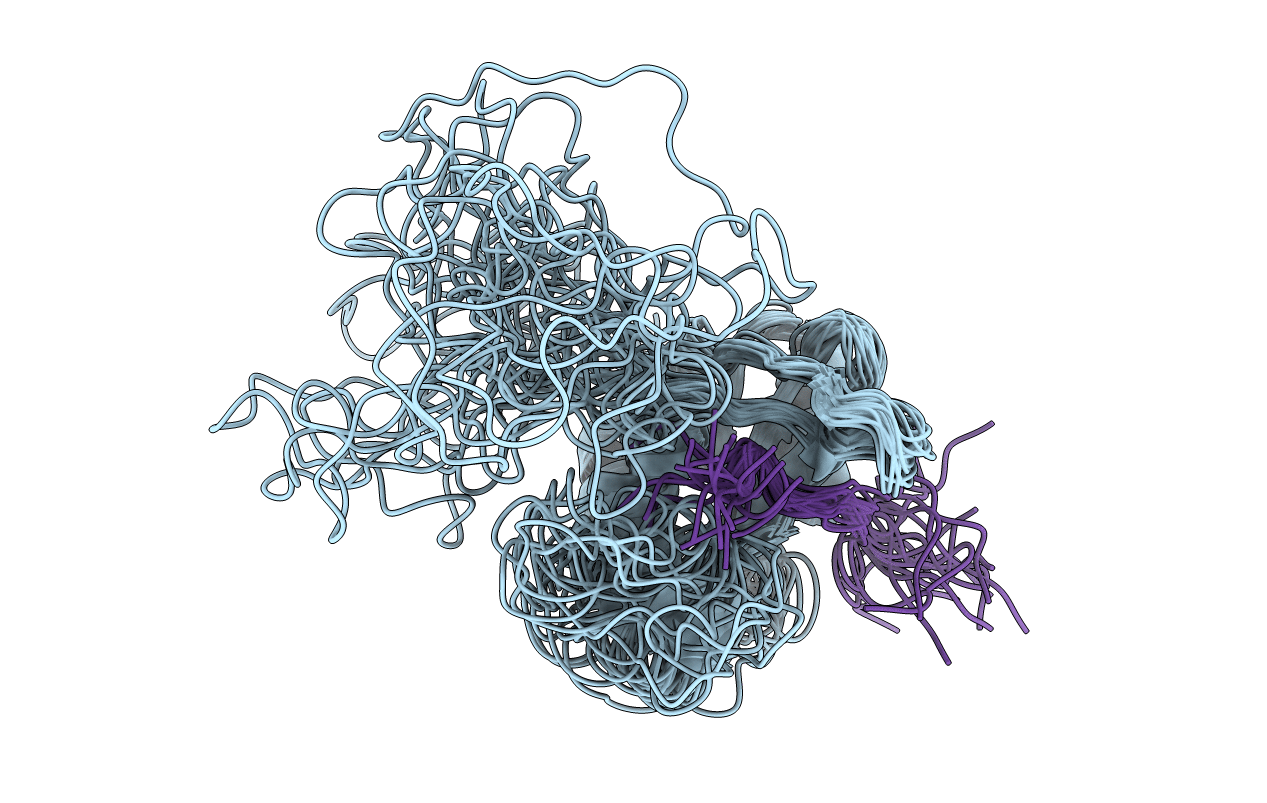
Deposition Date
2005-10-17
Release Date
2006-05-02
Last Version Date
2024-10-16
Entry Detail
PDB ID:
2BBU
Keywords:
Title:
solution structure of mouse socs3 in complex with a phosphopeptide from the gp130 receptor
Biological Source:
Source Organism:
Mus musculus (Taxon ID: 10090)
Host Organism:
Method Details:
Experimental Method:
Conformers Calculated:
200
Conformers Submitted:
20
Selection Criteria:
structures with favorable non-bond energy


